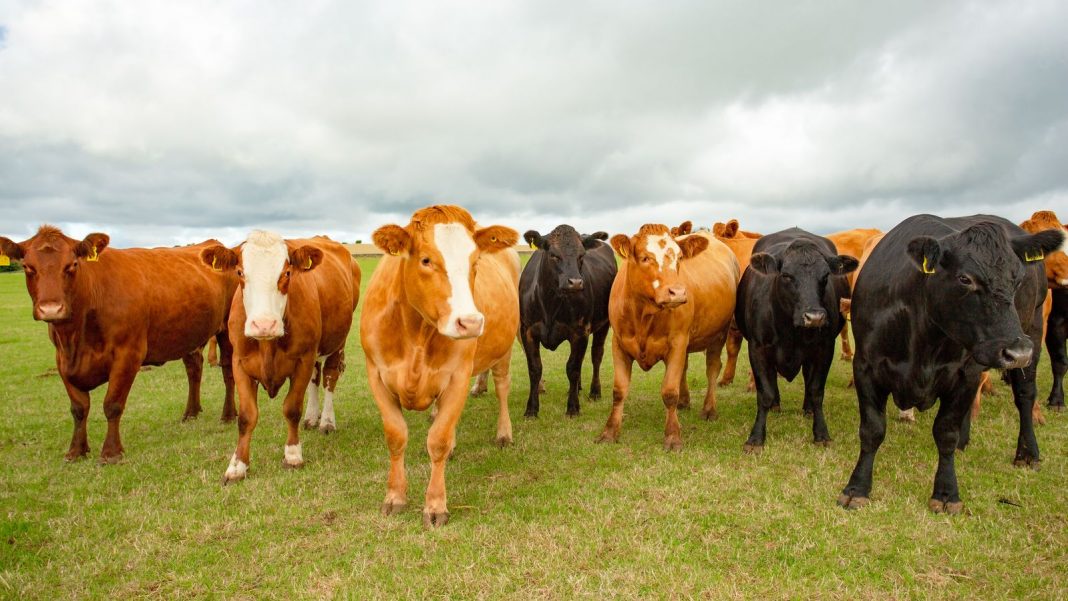Authorities in the UK say they are “closely monitoring” the spread of a disease that can be deadly to cattle.
More than 150 outbreaks of epizootic haemorrhagic disease (EHD) have been recorded in Spain, Portugal and southern Italy since November last year.
The virus is usually spread to cows, deer and sheep through the bites of infected midges.
Scientists from the UK’s Department for Environment, Food and Rural Affairs (DEFRA) fear that warmer summers caused by climate change may have contributed to the sharp rise in outbreaks in southern Europe.
They are also concerned about its spread towards the Basque, Aragon and Catalonia regions of northern Spain, which have a high density of cattle and border southern France.
“The situation in Spain will be closely monitored as infections of EHD edge closer to the border of France,” DEFRA says in its latest report.
“If EHD can cross the Pyrenees into France, there holds a significantly greater potential for spread within mainland Europe and to Great Britain.”
One particular concern among scientists is that if the infected midges reach northern France, they could be carried over to the UK by the wind.
Scientists have also identified three species of biting midges that could one day spread the virus, and which are widespread across northern Europe and the UK and have “huge local abundance on livestock farms”.
However, DEFRA says the risk of EHD reaching the UK remains “negligible” because live cattle and sheep have not been imported from the impacted areas since September last year.
Read more from Sky News:
Bird flu outbreak poses ‘significant threat’ to precious UK seabird colonies
Investigation rules out suspected foot and mouth disease outbreak on farm
EHD was first identified in the US in the 1950s, but has since spread to parts of Africa and the Middle East.
It was first spotted in Europe on the Italian island of Sardinia in autumn last year.
Scientists from France’s National Social Security Administration (ANSES) – who are also monitoring the spread of the disease – believe infected midges were transported to Sardinia “across the Mediterranean by the wind”.
Though DEFRA says the disease does not affect people or food safety, it is particularly deadly to deer, and can also kill cattle, sheep and goats.
The disease can cause large outbreaks in susceptible animals, which can result in blocks on trade and restrictions on the movement of animals.
The symptoms of infected cattle include a fever, weakness, lack of appetite, difficulty swallowing and a skin rash on the udder.







